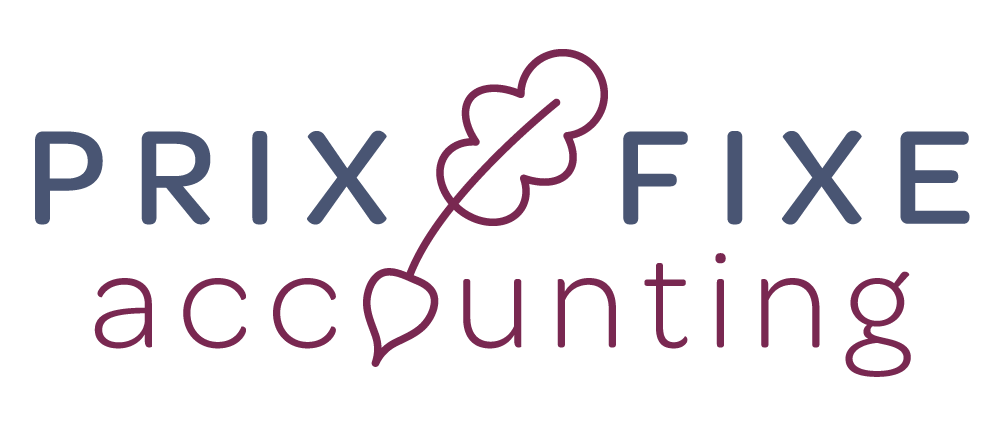Designing your restaurant menu is more than providing customers with a list of food options. A carefully designed menu acts as a marketing tool: a way that you can increase sales and convey the right message about your brand.
If you are launching a new restaurant or investing in upgrades for your existing restaurant, then it’s time to consider the design and layout of your menu. These tips will help to boost profitability and improve customer experience, helping to optimize the results that you can achieve with your restaurant.
Follow these best practices when you are planning and designing a restaurant menu:
Know Your Target Audience and Restaurant Concept
You need to have a clear profile of your target demographic. Create a persona of the ideal customer that you want to see walking through the door. Are you serving casual diners, health-conscious customers, or fine-dining guests? How do your restaurant’s theme and offerings align with the customer’s needs and preferences?
When you are clear about the customers that you are serving, it becomes easier to dial in your restaurant theme, menu, and overall brand identity. Even the smallest details, such as dish offerings and menu designs, contribute to the experience your customers will have in your restaurant. These customer preferences, as well as local food trends, can help as you are shaping your menu options.
Offer Variety, But Keep It Simple
One of the most important principles of User Experience is that simplicity is always best. While it might seem fun and exciting to offer a lot of options for your customers, it can be overwhelming when a person is looking at a huge menu. Too many offerings on the menu not only make it hard for your customers to choose their meals, but it also complicates your kitchen operations.
So, the goal is to provide a variety of options while also keeping the menu as simple as possible.
Profitability and Menu Categorizations
Additionally, there are ways to place the menu items strategically so that you can optimize revenue. Know which menu items are the most profitable and highly popular, then look for ways to highlight these items on the menu.
Consider this menu engineering and design method to help with profitability:
Stars: These are the menu items that you want to feature most prominently. They are the most popular dishes that have the highest profit margins.
Plow Horses: You’ll have other offerings that are very popular but have lower profit margins. In this category, it might make sense to adjust the costs and price points if needed.
Puzzles: Next, identify any menu items with high profit margins and low popularity. These items can be highlighted on the menu, and you might consider rebranding them to make the dishes more appealing.
Dogs: The last category includes any dishes that have low profit margins and are low in popularity. These items are wasting space on your menu. You need to remove the dogs, or reinvent them so they are more effective with both profitability and popularity.
Pricing Strategies to Boost Your Profit Margins
You are in the restaurant industry to make a profit, but it can be challenging to ensure that the numbers are lining up to result in a positive ROI at the end of each month. Follow these tips to help with pricing and menu design so that you can optimize your profits as much as possible:
Food Cost: When you are choosing the price point for each menu item, you need to account for more than just the ingredient costs. Also, think about labor requirements and overhead. In most situations, food costs should be around 28 – 35% of the menu price.
Portion Control: Next, make sure that you are standardizing portion sizes. Not only does this help to maintain consistency in the dishes that your customers are receiving, but it’s also easier to manage your profit margins this way.
Pricing Psychology: Small nuances in the way the prices are set can impact a person’s decision to purchase. For example, customer perception is often influenced by prices that end in .95 or .99. “Charm pricing” is a method of dropping the price just below a rounded number to make it seem more affordable. For example, pricing a dish at $19 instead of $20.
Other Details for a Successful Menu
There are a variety of other strategies that can improve the effectiveness of your restaurant menu. Not only do you need written descriptions that sell, but you also need to add appealing photos and make sure there is a logical menu flow. Your menu should highlight certain dishes and limit visual distractions as much as possible.
For more information about menu planning and full-service restaurant consulting services, our team at Prix Fixe Accounting is here to help. Contact us to learn more about available services.











